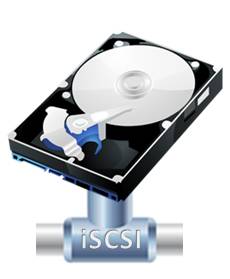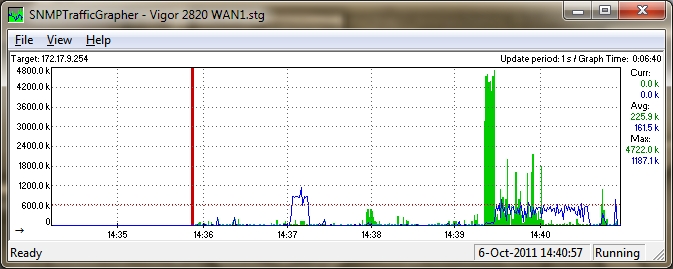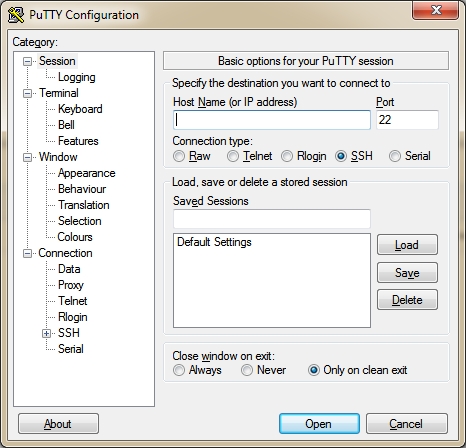WorldClient challenge – Day 2 Drag and drop messages
Moving messages is much easier in WorldClient thanks to the simple drag and drop feature. Just like a Windows application you can pick up one or more messages and either...
Moving messages is much easier in WorldClient thanks to the simple drag and drop feature. Just like a Windows application you can pick up one or more messages and either...
Did you know WorldClient is not only for email but also has extensive built in calendar support? It does not stop at just managing your own personal calendar, but it...
 A new year and a new challenge for MDaemon customers.
Over the last 12 months we have seen significant improvements to WorldClient that have increased both performance as well as functionality and consequently have seen a greater uptake of users switching to it for their main access method.
What we are now interested to know is what is stopping the rest of us from switching to WorldClient full time and moving away from Outlook as our main email client.
A new year and a new challenge for MDaemon customers.
Over the last 12 months we have seen significant improvements to WorldClient that have increased both performance as well as functionality and consequently have seen a greater uptake of users switching to it for their main access method.
What we are now interested to know is what is stopping the rest of us from switching to WorldClient full time and moving away from Outlook as our main email client.
 Recently we've seen a significant increase in the number of MDaemon servers we come across being used to send spam email, and we're finding that it's often via an authenticated SMTP session.
Recently we've seen a significant increase in the number of MDaemon servers we come across being used to send spam email, and we're finding that it's often via an authenticated SMTP session.
WarePortal has benefited from the deployment of BlackBerry smartphones integrated with the MDaemon Messaging Server. For example, the previous solution used by WarePortal provided separate solutions for email, content filtering,...
HSH Coldstores operates in a fast-moving business sector.Customers expect HSH Coldstores to be highly responsive to their request. As a result, the company had for many years been using an...
In continuation to our last post in September Tom's Hardware and Que Publishing have partnered to give away four free chapters from Scott Mueller's Upgrading And Repairing PCs, 20th Edition....
 I often get asked about the best way to create off-site image backups.
One logical approach is to use a windows network share for the destination, however because the destination is not accessible at the disk sector level, the incremental imaging feature can't be used. A full image backup must be taken each time the job runs which can take significantly more time as well as requiring a larger amount of storage if you wish to keep multiple images.
For this reason, we often recommend that customers stick to local destinations for image backups with history, and plug in either a local dedicated USB hard drive or a pool of USB drives. This approach works very well and allows for multiple images a day, typically taking less than an hour to run on an average SBS server.
However the disadvantages of relying on local backups are clear in that they're still susceptible to loss, theft and damage. An often overlooked solution for image backups that combines the best features from both of these methods is iSCSI.
I often get asked about the best way to create off-site image backups.
One logical approach is to use a windows network share for the destination, however because the destination is not accessible at the disk sector level, the incremental imaging feature can't be used. A full image backup must be taken each time the job runs which can take significantly more time as well as requiring a larger amount of storage if you wish to keep multiple images.
For this reason, we often recommend that customers stick to local destinations for image backups with history, and plug in either a local dedicated USB hard drive or a pool of USB drives. This approach works very well and allows for multiple images a day, typically taking less than an hour to run on an average SBS server.
However the disadvantages of relying on local backups are clear in that they're still susceptible to loss, theft and damage. An often overlooked solution for image backups that combines the best features from both of these methods is iSCSI.
 STG is one of those tools that only performs the one job, but performs it very well indeed.
Simply put, STG is a real-time graphing utility for monitoring any device that supports SNMPv1 and v2 ( Simple Network Managment Protocol).
STG is one of those tools that only performs the one job, but performs it very well indeed.
Simply put, STG is a real-time graphing utility for monitoring any device that supports SNMPv1 and v2 ( Simple Network Managment Protocol).
